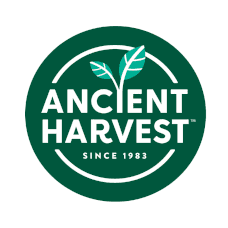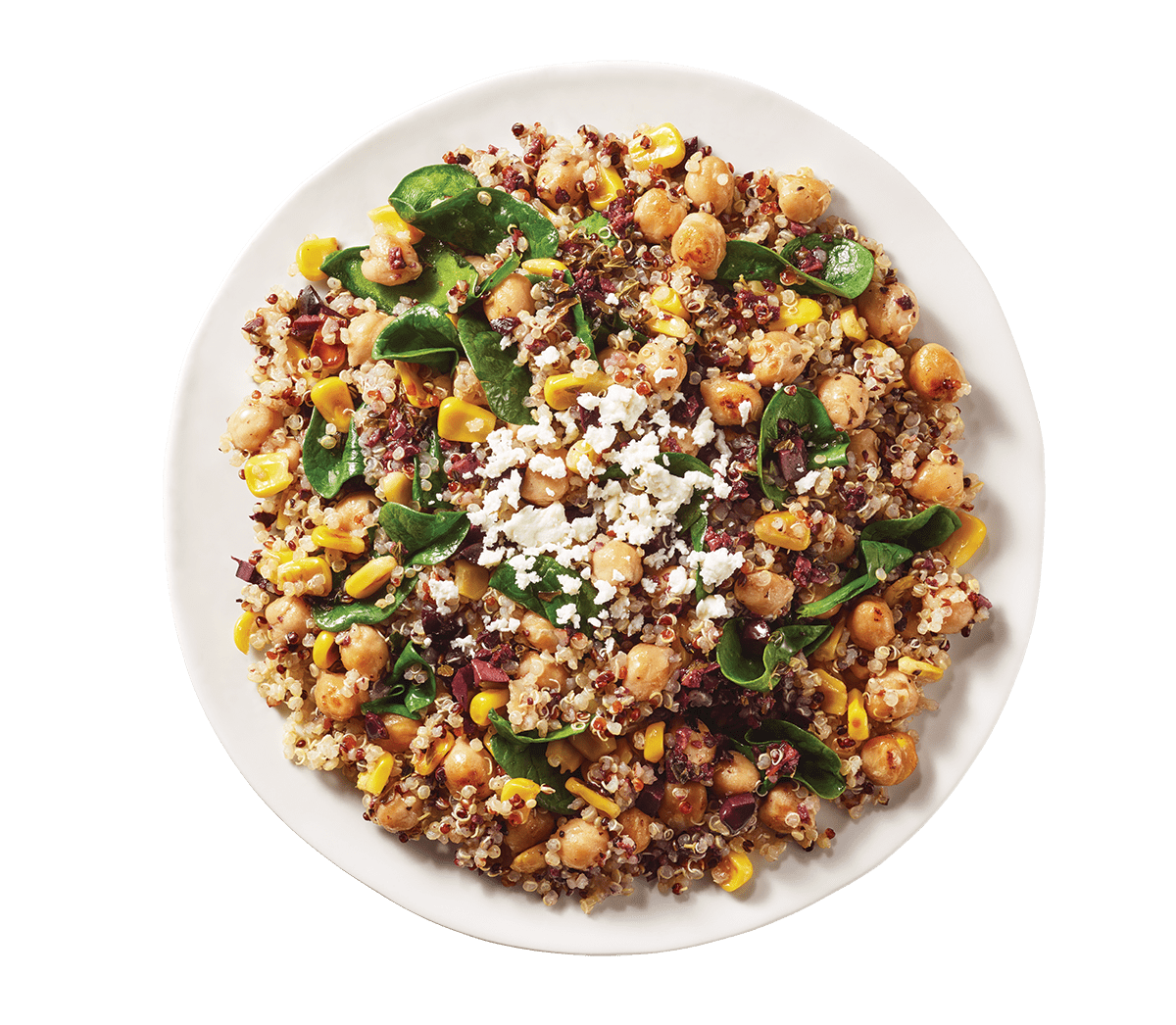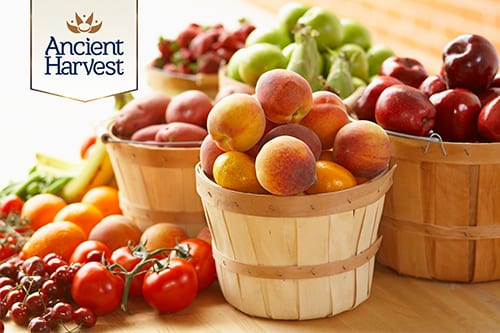At Ancient Harvest, we’re big proponents of buying local when possible – and what’s more “local” than fruits and veggies grown in your own backyard? Even if you only have a very small space to work with, you may be surprised to discover what you’re able to grow yourself – and how much fun you’ll have along the way. To get you started, here are some tried-and-true tips for growing fruits and vegetables:
Know your zone.
Location, location, location – it matters so much when gardening. So while you’re deciding what you’d like to plant this season, be sure to research what plant hardiness zone you live in (don’t know what that means? Check with the USDA) and what plants do particularly well – or just the opposite – in your location.
Enlist help from friends.
No, we don’t mean that you should make your friends help you with your harvest (unless they want to, of course!) However, enlisting the help of your plants’ friends can make your gardening experience so much easier. Companion planting is a method of pairing your seeds and seedlings with other plants that help their growth. Certain vegetables and herbs do better when they’re grown together, so see this resource guide from Burpee before planning your landscape.
Focus on the soil.
After location, the quality of your soil might be the most important factor when gardening. For the best vegetables, you’ll want to make sure that your soil is rich in compost and organic matter like leaves and aged bark. As a general rule, it’s best to aim for dark, rich soil – the darker the color, the more likely the soil is to be full of plant-healthy nutrients. If the soil you have isn’t naturally optimal, buy a few bags from your local garden supply store to supplement.
Don’t overdo it.
When it comes to things like watering and fertilizing, it can be easy to become over-zealous. However, especially in the beginning stages of your garden, it’s important to know when to practice a little restraint. Research how much water and fertilizer the particular vegetables you are growing may need, and don’t give them more than the recommended dose. The last thing you want to do is drown your infant seedlings before they have a chance to thrive and grow into fresh, delicious vegetables.
Now, what to do with those veggies once they’re ready to harvest? We’ve got plenty of seasonal, gluten-free recipes for you at AncientHarvest.com.



